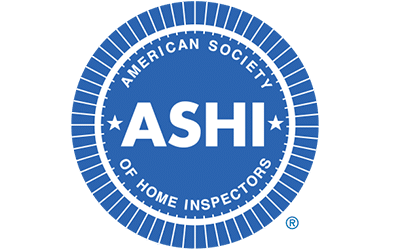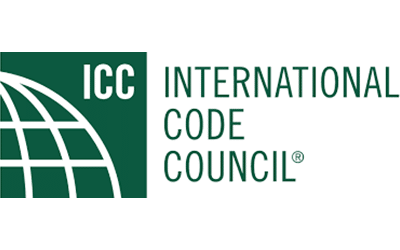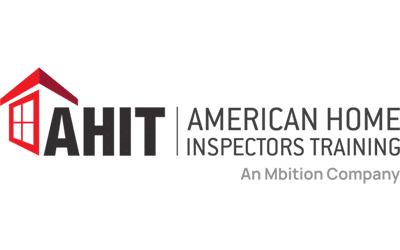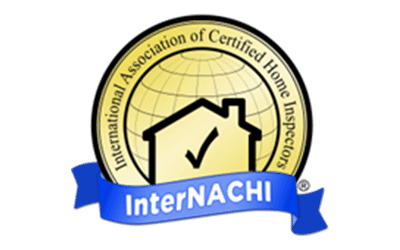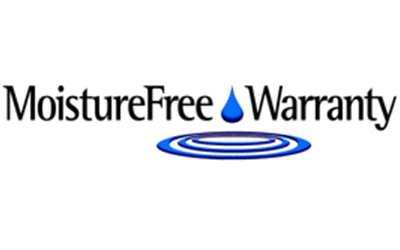Simple Water-Saving Tips Can Have a Big Impact on Your Wallet
The average household spends as much as $500 per year on its water and sewer bill, but by making just a few simple changes to use water more efficiently, you could save approximately $170 per year and help the environment, according to the U.S. Environmental Protection Agency. Residential Inspector of America provides environmental assessments and home inspections to the Jacksonville area.

Easy Steps to Take to Conserve Water
From replacing inefficient appliances, to taking small steps at home to eliminate water waste, you can make a huge dent in your water usage and save some cash. Here are some easy tips to follow:
Bathroom blunders
Kitchen conundrums
Lawn leaks
Did you know toilets are the single largest water-user in a home? A leaky toilet can waste 200 gallons of water per day, and it is estimated that nearly 20 percent of all toilets leak, reports the EPA. Slow leaks can go undetected for years, but there is an easy way to check yours at home. Start by adding a few drops of food coloring to the toilet tank. If you have a leak, you’ll start to see that color come through in the bowl within 15 minutes. Flush immediately after you’re done so you don’t stain the porcelain. If you can’t fix the leak, consider purchasing a high-efficient toilet like the Kohler Persuade two-piece toilet. What makes this toilet so efficient is Dual Flush technology, which includes a 1.6-gallon flush and an eco-friendly .8-gallon flush option. The Persuade toilet can save as much as 6,000 gallons of water annually over a traditional 1.6-gallon toilet.
Have a leaky faucet in your kitchen? According to the EPA, a drip rate of just one drip per second can waste more than 3,000 gallons of water per year. So even if it seems like a small leak, it could be costing you big time. Many faucets can be easily tightened and fixed to eliminate leaks – otherwise, consider installing a new WaterSense-labeled faucet. Dishwashers can be another huge water drain. Remember to only run loads when the dishwasher is full, or invest in a dishwasher with a half-load cycle option, like most of the new Bosch dishwashers. Use this cycle or the express wash when washing small, lightly soiled loads. The auto wash programs use sensors to dramatically reduce energy and water consumption every time.
Having a green, lush yard is something to be proud of, but if you’re not watering the smart way, you could be letting your money evaporate into thin air. The average single-family suburban home uses at least 30 percent of its water for outdoor irrigation and as much as 70 percent in dry climates. If you want an efficient home, consider some smart-watering techniques. Start by only watering your lawn or garden during cool morning hours to reduce evaporation. If you use a sprinkler, make sure it’s positioned correctly and not watering the street or driveway. If you do plant a garden, only select plants appropriate for your region’s climate. Native plants can be a great option because they often require little additional water since they grow naturally in your area. Group plants together based on their water needs.
For more smart tips about reducing water waste in your home, visit Lowes. Remember that saving water can be easy, and you’re sure to love the extra savings in your wallet too. For all of your environmental services needs, contact Residential Inspector of America today by calling (904) 590-1306.
